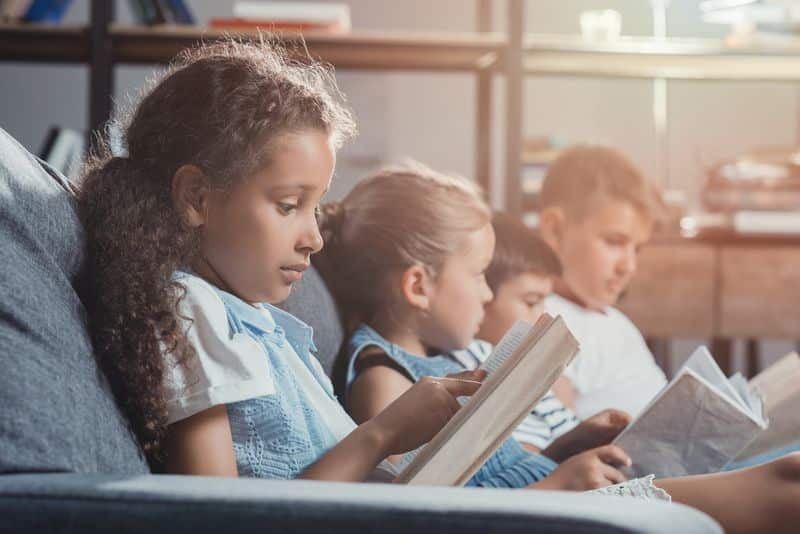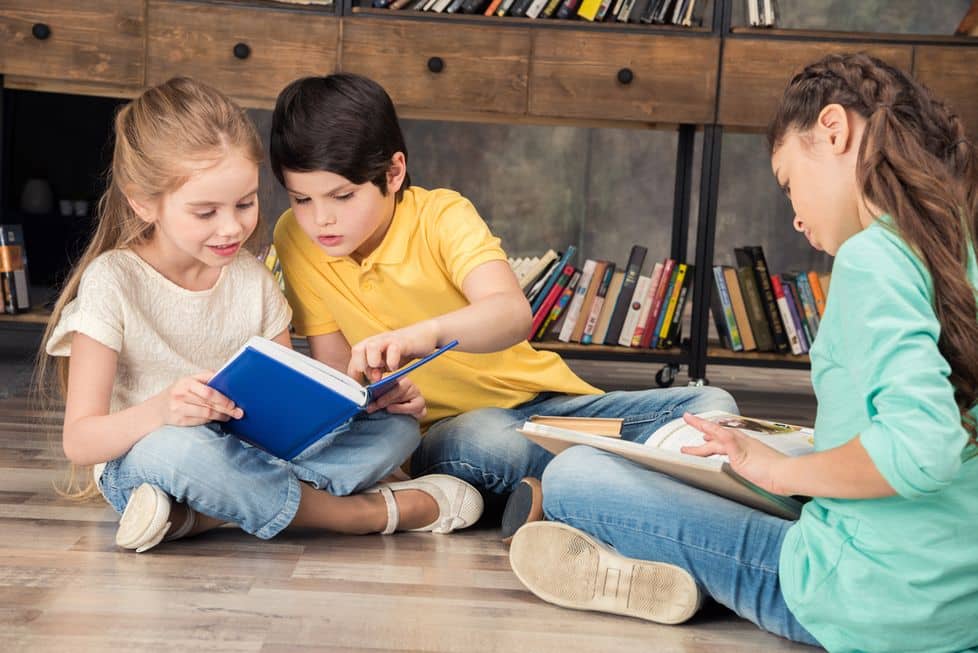“Young people don’t read because the books they read don’t talk about their world. If a boy reads a book that does not reflect what he is living, he is not going to read it”. This was the opinion of the writer Jordi Sierra i Fabra when we asked him about how reading can be promoted among students in ‘EDUCATION 3.0 Conversations’, the space for dialogue and reflection that we inaugurated a few months ago. In the case of Primary students, another reason that hinders the acquisition of the reading habit can be found in the screens and the time they spend between them. As Fabra also pointed out: “The mobile phone has become that black hole that absorbs the energy of children and young people. For a 12-year-old boy, it is a missile, a weapon of mass destruction.” However, there is still hope. There are numerous resources that teachers and families have at their disposal to try to gradually bring them closer to reading. One of them is the portal leer.es, from the Ministry of Education, which offers different materials with which to promote this activity among children of all ages. Within the web page, a guide is offered that explains some aspects to take into account and that are not only related to literary recommendations.
What are elementary school children like?
As the document points out, children between the ages of 8 and 11 are considered ‘transit’ readers. In the first place, it is essential to know what the most characteristic elements of their personality are to bring them closer to the reading habit: independent, responsible, aware of their image, realistic and logical, and technological. Thus, in broad strokes:
They feel more interest in being with children of the same age. They are receptive to advice from their parents. They give more importance to their physical image since they are in a time of transition to adolescence. They show greater interest in learning skills that they find useful for everyday life. They are very interested in making use of all kinds of digital devices such as tablets. All these aspects are essential to know the literary tastes of children and also to avoid criticizing their reading preferences. The guide suggests recommending alternatives with literary quality that enrich their own readings. To go a step further, it lists some of the genres and types of books that children in this age group like the most: Adventure books (related to detectives or fear), fantastic stories and mythological narratives. Humorous, poems or stories that revolve around family, school or personal conflicts. Titles with slightly more complicated plots to understand and narrative tension. Informative or informative books that bring them closer to their reality. Comics.
Facilitate reading times and spaces
Once the child has chosen their reading, some important elements are highlighted to turn them, little by little, into enthusiastic readers. One of them is to provide adequate time and space to read. Children at these ages gradually stop practicing reading aloud, so it is essential that they have a quiet and pleasant space in which to start reading. She also recommends that families talk about books with their little ones and that they discover new reading together.

On the other hand, it is important that the topics are aligned with their interests and life experiences. All this from a game approach, with elements of mystery or challenges to solve. Lastly, it must be taken into account that readings in which humor is the main protagonist attract children who still do not consider the reading habit an ‘entertaining’ activity. Also for all those who say ‘don’t like reading’.

